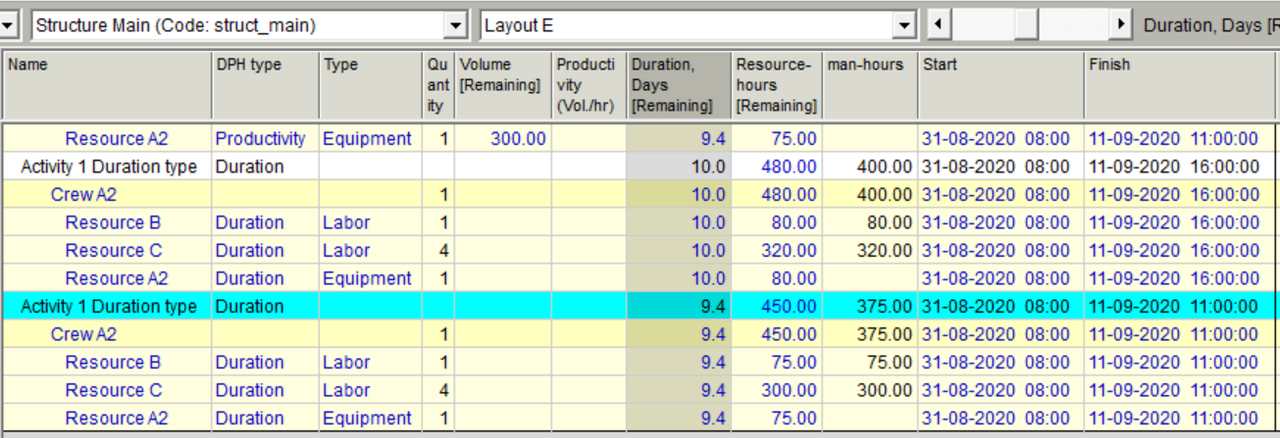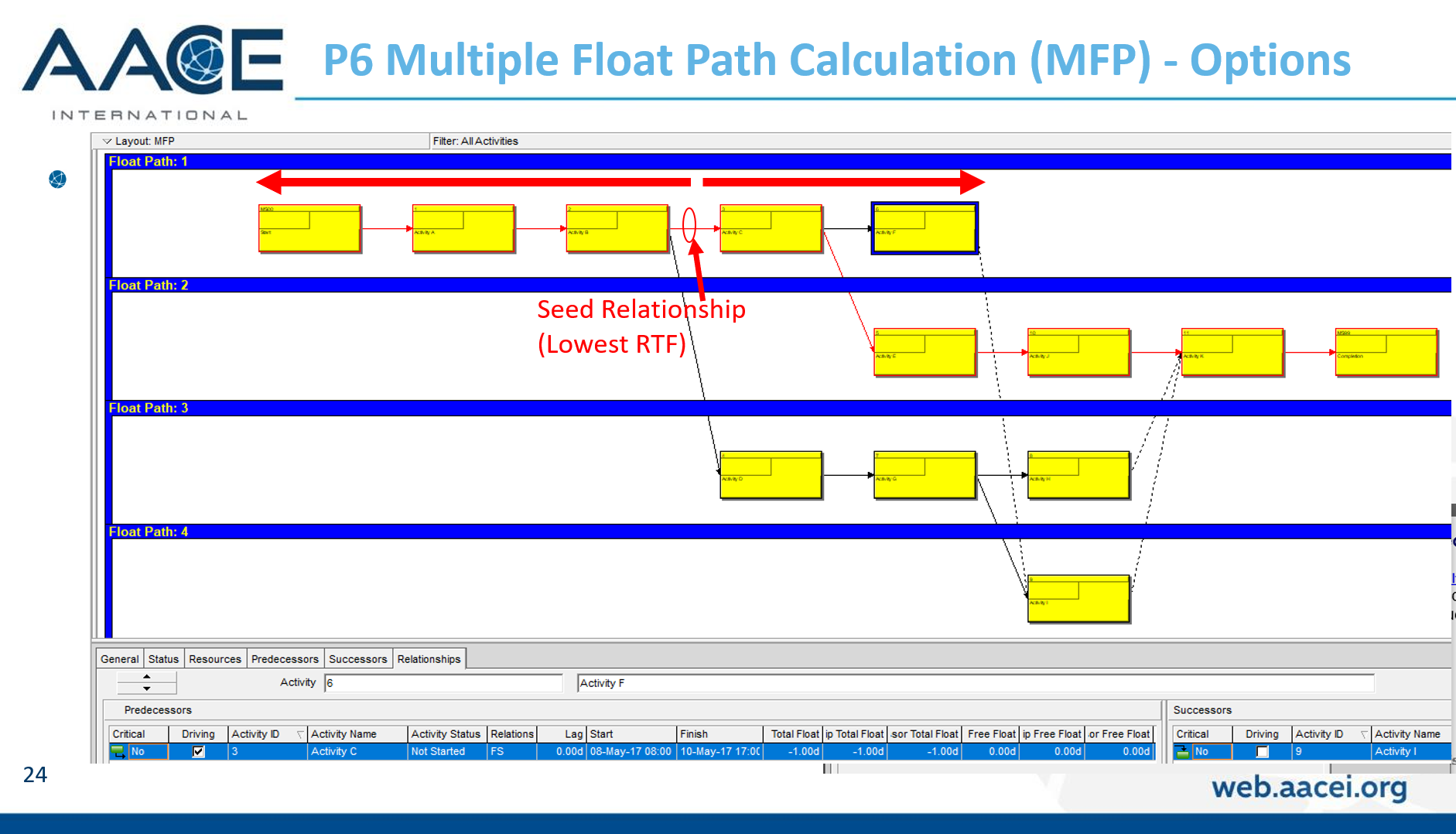
When we are behind schedule, the constraint date is the starting point for the backwards pass.

If we are on track to finish early, the float will be zero days because the backwards pass starts with the finish date of the last activity in the schedule. In today's Primavera software, "Finish On or Before" is the preferred constraint. This assumes of course that we have constrained the last activity in the schedule. And we need to reach that point in the schedule by Day 65 if we want to get back on schedule. 70 - 70 = 0.īut on a project that is behind schedule we might see that what is Day 70 going forward is Day 65 working backwards. For example, what exhibits as Day 70 going forward is also Day 70 working backwards. Absent any constraints, the longest path will always exhibit zero days float because both the forward and backward passes generate the same result. The backwards pass determines the float on each activity.
#SHOW TIME PRIMAVERA P3 DO NOT SHOW TIME TURN OFF TIME SOFTWARE#
Those of you familiar with forward and backward passes understand that the forward pass determines the length of the project - hence the phrase "longest path" that is used in Primavera software in lieu of "critical path". But in particular I was intrigued by the idea of the last activity in the schedule being held in place. The late start and late finish dates became fixed dates, more or less (I say "more or less" because progress and logic changes mean that the late dates will often change over the life of the project). This created "hard stops" in the schedule. Primavera Project Planner (or "P3") allowed constraints to be placed on individual activities or the project overall.

So how do we get back on schedule once there are delays? Likewise, the early finish/late finish dates are the same. On the critical path, the early start/late start dates are identical. Not knowing better, I did not consider that the early dates were not very helpful. That is to say, the project end date changes depending on progress. But when my employer switched to Primavera Project Planner in 1987, well, I learned another approach to CPM Scheduling.Īll of my early schedules relied upon a floating project end date. I then spent several years using a proprietary software program owned by the consulting firm that hired me as a scheduler.

Having just graduated from university two years earlier with my first CPM Schedule already under my belt, I assumed I understood basic scheduling concepts pretty well. Primavera Systems introduced a novel concept when it released Primavera Project Planner in 1983.


 0 kommentar(er)
0 kommentar(er)
